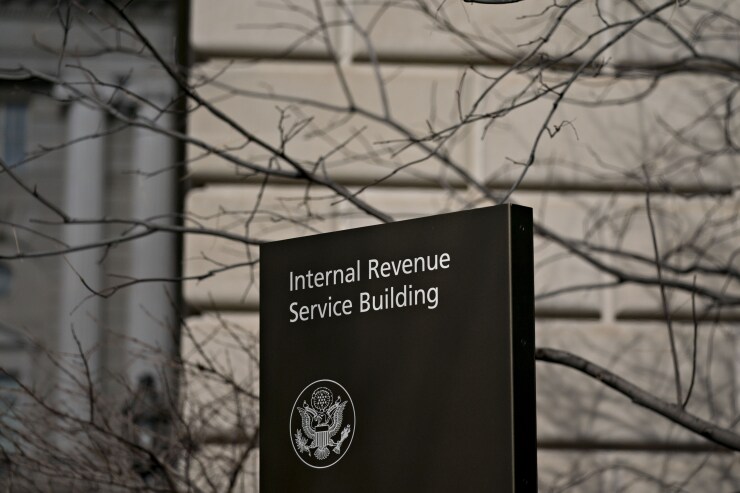The Internal Revenue Service issued the 2020 optional standard mileage rates Tuesday that taxpayers and tax professionals can use to calculate the deductible costs of operating an automobile for business, charitable, medical or moving purposes.
Starting on Jan. 1, 2020, the standard mileage rates for the use of a car (along with vans, pickups or panel trucks) will be:
- 57.5 cents per mile driven for business use, down half a cent from the 2019 rate;
- 17 cents per mile driven for medical or moving purposes, down three cents from the 2019 rate; and
- 14 cents per mile driven on behalf of charitable organizations.

The business mileage rate declined half a cent for business travel driven and three cents for medical and certain moving expenses from the 2019 rates. The charitable rate is set by statute and stays unchanged.
The IRS stressed that under the Tax Cuts and Jobs Act, taxpayers can’t claim a miscellaneous itemized deduction for unreimbursed employee travel expenses. They also can’t claim a deduction for moving expenses, except members of the Armed Forces who are on active duty and moving under orders to a permanent change of station. For more details, check out Rev. Proc. 2019-46.
The standard mileage rate for business use is based on a yearly study of the fixed and variable costs of operating an automobile. The rate for medical and moving purposes depends on the variable costs.
Taxpayers also have the option of calculating the actual costs of using their vehicle as opposed to using the standard mileage rates.
A taxpayer can’t use the business standard mileage rate for a vehicle after using any depreciation method under the Modified Accelerated Cost Recovery System (or MACRS for short) or after claiming a Section 179 deduction for that vehicle. Furthermore, the business standard mileage rate can’t be used for more than five vehicles simultaneously. These and other limitations are explained in section 4.05 of





